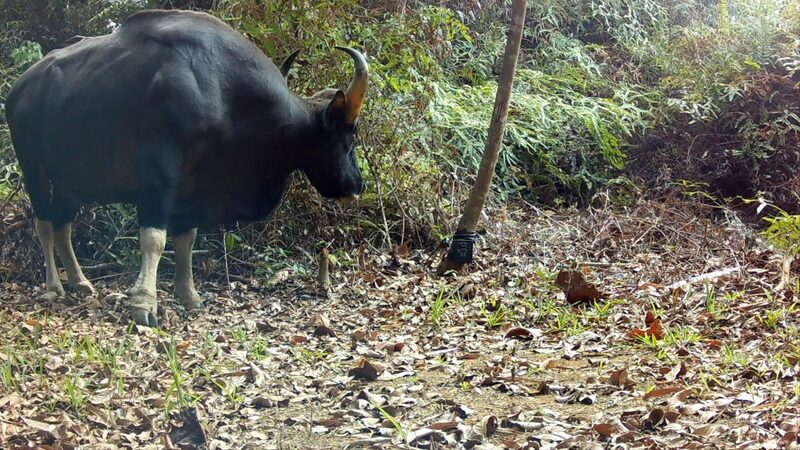Why Protecting Tigers Matters
The wild tiger isn’t just an iconic animal; it’s a vital part of our planet’s biodiversity. As a flagship species for conservation, tigers represent the health of the ecosystems they inhabit. When we protect tigers, we’re also safeguarding countless other species that share their habitat.
Tigers as Top Predators
Tigers sit at the top of the food chain. They require vast territories rich in prey to survive. This means that conserving tiger habitats also preserves large swaths of forests, grasslands, and wetlands. These ecosystems are home to a diverse range of plants and animals, many of which are crucial for ecological balance.
The Ripple Effect of Tiger Conservation
By focusing on tiger conservation, we inadvertently protect other species, from the smallest insects to the largest herbivores. Healthy tiger populations indicate a thriving ecosystem. Conversely, declining tiger numbers can signal environmental issues that may eventually affect human communities.
Our Role in Biodiversity Preservation
Protecting wild tigers isn’t just about saving a single species; it’s about maintaining the intricate web of life on Earth. As young stewards of the planet, we have the power to support conservation efforts, spread awareness, and advocate for sustainable practices that benefit both wildlife and people.
Reference(s):
cgtn.com





